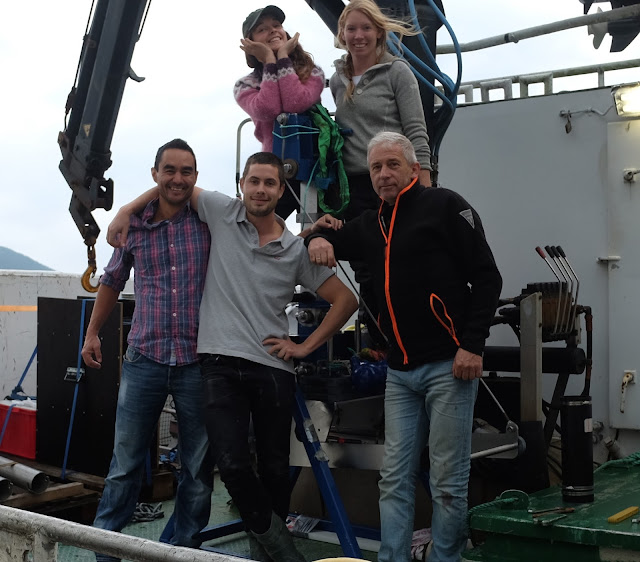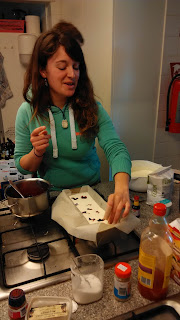The 5th International Jellyfish Bloom Symposium was held at Barcelona aquarium this June. Andrew Sweetman, Kathy Dunlop and Paul Renaud chaired a session on `Post-bloom impacts on the marine environment´.
Some of the first results from the JellyFarm Project were presented in the oral presentations:
 |
Paul Renaud, Kathy Dunlop and Andrew Sweetman at Barcelona Aquarium for the Jellyfish Bloom Symposium.
|
Andrew Sweetman: Jellyfish decomposition at the seafloor can rapidly alter biogeochemical cycling and substantially modify carbon flow through benthic food-webs.
Kathy Dunlop: Experimental flume studies into the modification of benthic booundary layer flow by jellyfall carcasses.
A poster was presented on describing the JellyFarm Project by Paul.
Kathy also presented a poster on the deepest salp fall recorded during a cruise on the RV Sonne in Equatorial Pacific. This work describes how the troughs created by experimental deep-sea mining were concentrating carbon input to the abyss from salp falls.
















































